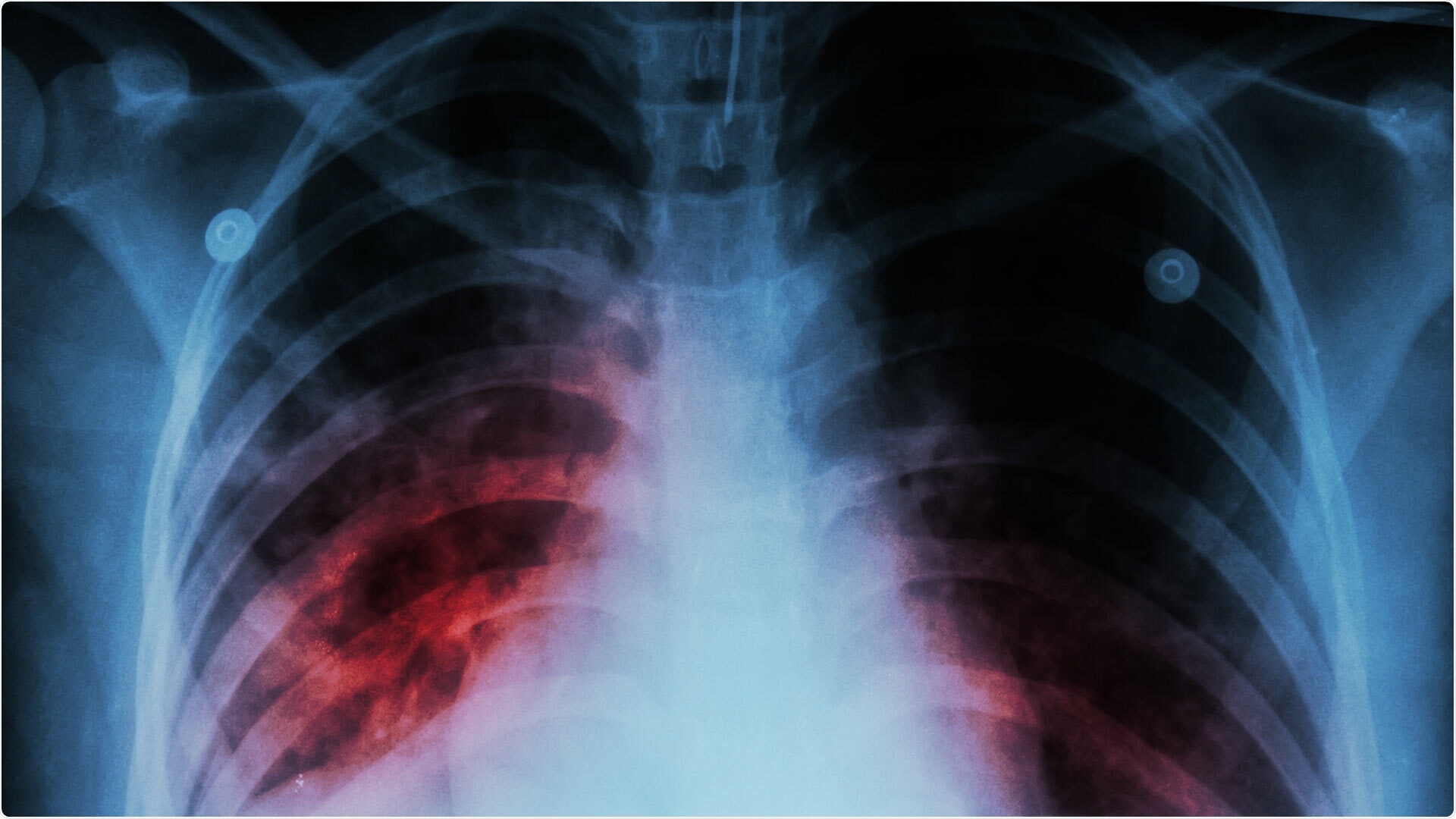Genetic mutations help certain people succeed in the face of natural selection. A single alteration in a gene’s sequence might be advantageous to an organism, and if that mutation is transmitted down over generations, it can influence the species’ fate.

This is an X-ray film of a patient with tuberculosis in their lungs. Tuberculosis (TB) bacteria evolve resistance to drugs, but new research by Cold Spring Harbor Laboratory Assistant Professor David McCandlish shows that the path to acquiring resistance is not completely random. By teasing out which evolutionary paths are most likely, scientists will be able to design drugs that bacteria find harder to evade. Image Credit: © stockdevil—stock.adobe.com
Scientists have now discovered that evolutionary adaptability is influenced in part by an imbalance in the sorts of mutations that occur most frequently in genomes. Certain letters or parts of the genetic code are more susceptible to mutation than others for several reasons.
Understanding the consequences of this mutational bias might aid scientists in predicting how infections and cancer cells would acquire resistance to medications used to treat them. As a result, new drugs and treatment procedures will be easier to develop.
Assistant Professor David McCandlish of Cold Spring Harbor Laboratory, who conducted a study with partner Joshua Payne of the Swiss Institute of Bioinformatics, pointed out that there are often several genetic solutions to a problem. For example, dozens of distinct mutations can impart the capacity to resist an antibiotic to bacteria exposed to it. However, certain forms of resistance are more prevalent than others.
According to McCandlish, hundreds of distinct drug-resistance mutations have been discovered in tuberculosis (TB) bacteria isolated from patients, although some are 100 times more prevalent than others.
Thousands of adaptive modifications were detected in three distinct microorganisms, including bacteria that cause TB, according to McCandlish and his colleagues. The researchers discovered that the sorts of genetic alterations that accumulate throughout adaptive evolution, both in natural and laboratory settings, are the most common mutation classes.
Scientists published their findings in the journal Proceedings of the National Academy of Sciences, pointing out that various factors determine how closely adaptive changes in a population reflect the spectrum of mutations in that species.
According to McCandlish, the link was highest when populations had few beneficial mutations in each generation.
If that number is low, it means that the population is really just waiting for any mutation that can get the job done. And if the number is high, what it means is that probably there are going to be several different mutations that can solve this problem, and the one that we’re going to see at the end of the process is just the one that solves it best.”
David McCandlish, Assistant Professor, Cold Spring Harbor Laboratory
Source:
Journal reference:
Cano, A. V., et al. (2022) Mutation bias shapes the spectrum of adaptive substitutions. Proceedings of the National Academy of Sciences. doi.org/10.1073/pnas.2119720119.